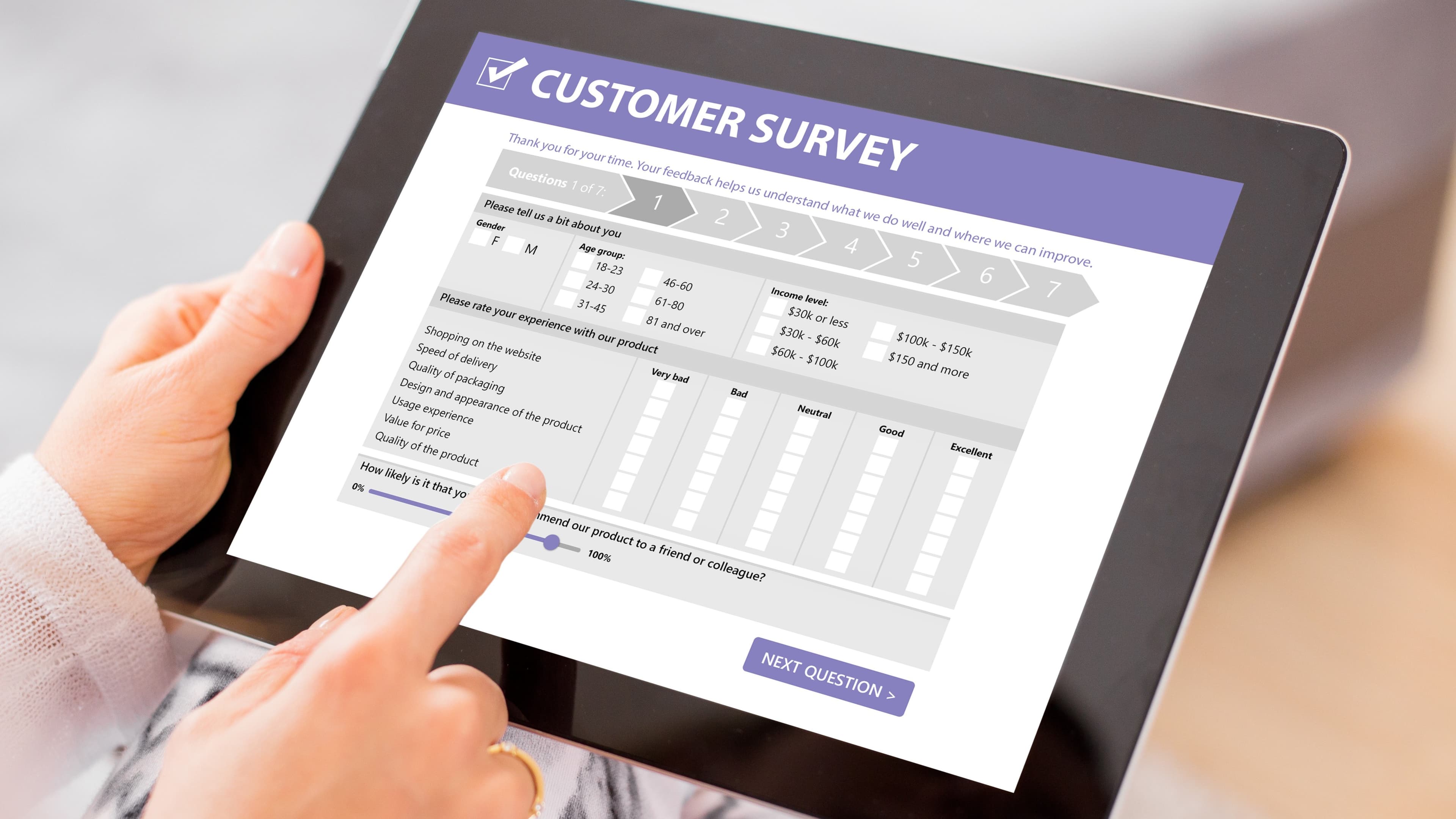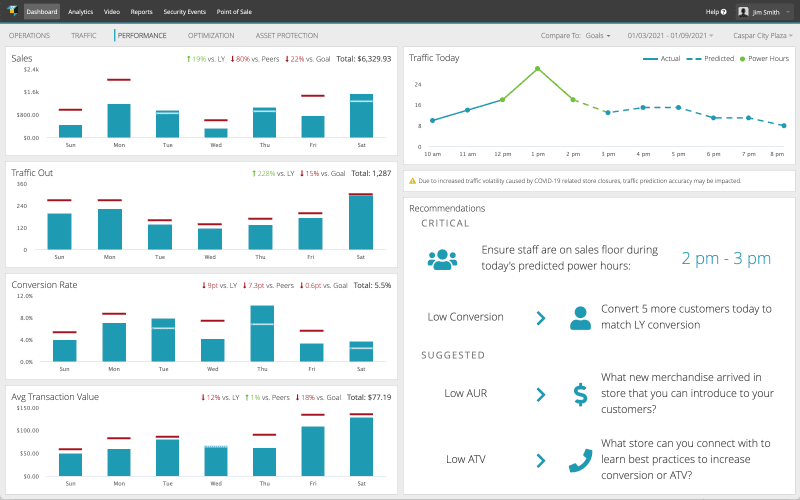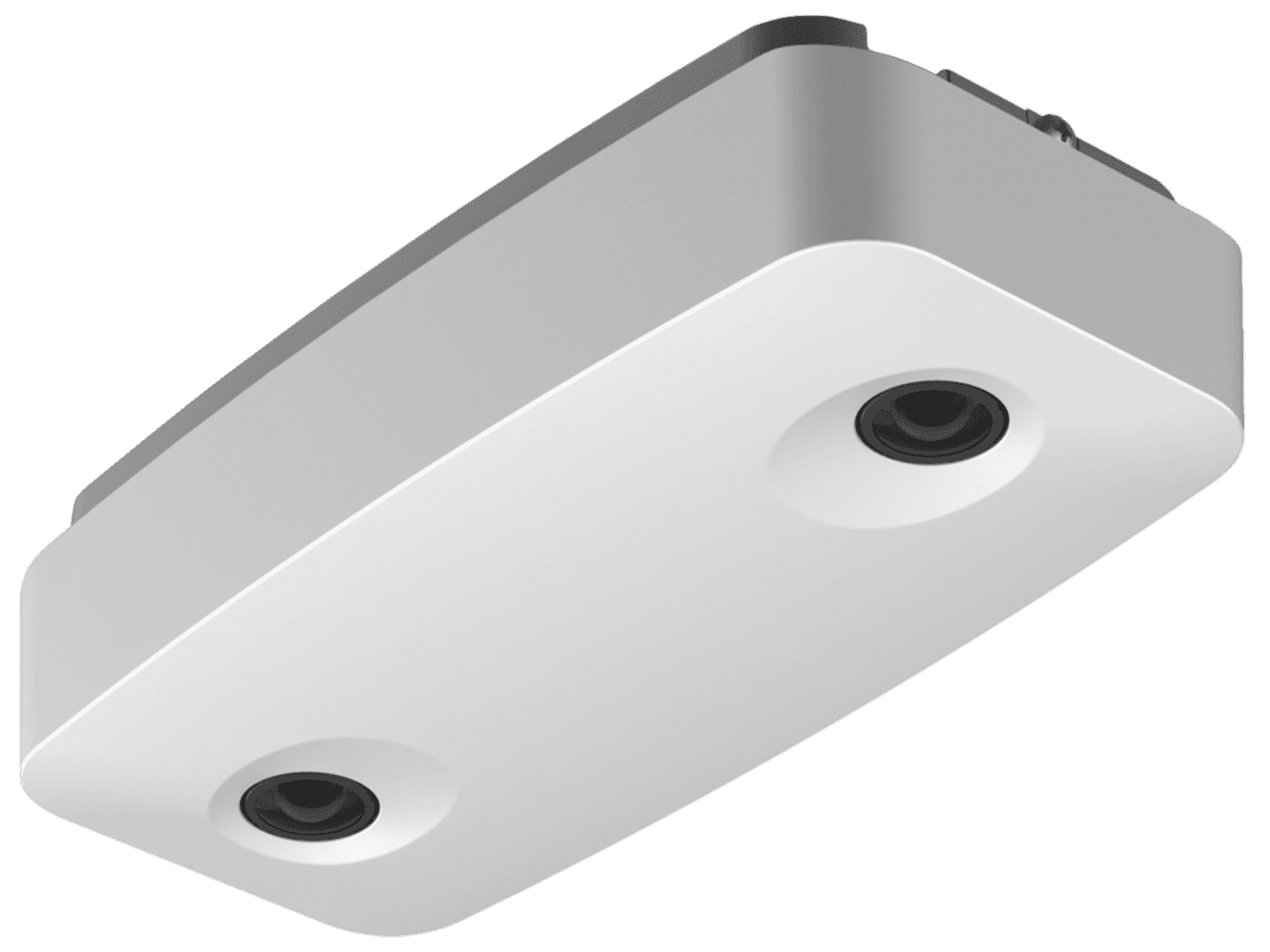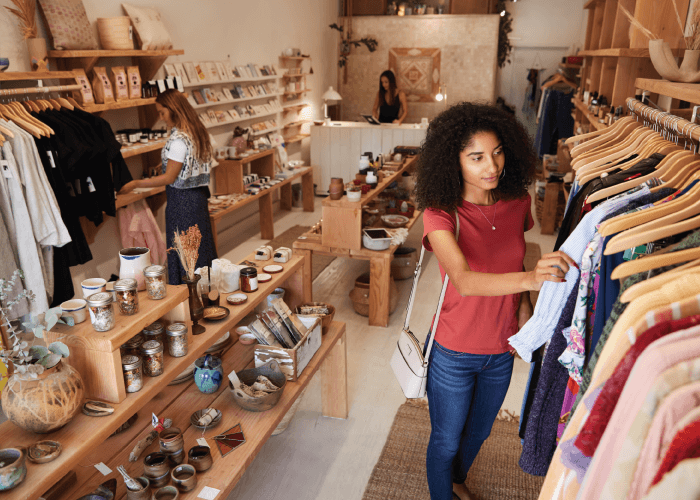2 Smart Ways To Collect Customer Feedback You Actually Need

On this page
With 2022 in full swing, retailers are bracing for another year that will require constant adaption to market conditions to meet growing customer expectations. According to Forrester Research’s US Retailers CX Index 2021, how a customer perceives a brand will directly influence two things:
How much a customer spends with the brand
Whether a customer will recommend the brand (and forgive their missteps!)
Data from Forrester’s CX Index also shows that when customers have a better experience, they will:
Stay with the brand longer
Buy more from that brand
Recommend the brand more often
Ensuring a good experience for your customers can significantly impact the ROI of your business by driving conversion rates, increasing opportunities for upselling and cross-selling, informing retail innovation, building brand loyalty, increasing market share as well as attracting talent. Conversely, poor customer service can lead to reputation damage and many more headaches.
So how can your brand build powerful pillars of customer experience and effectively measure that customer experience going forward? Let’s take a look at how to create a frictionless customer feedback process that will provide valuable and actionable data for your brand to leverage and optimize its performance.

1. Surveys Don’t Work: You Need Real-Time Customer Feedback
While surveys can offer rich insights, typical response rates are low (<10%) which means the vast majority of customers are not telling you what they think. You risk basing your decisions on a very small subset of people.
Surveys sent to customers after a purchase miss a huge chunk of people – those that came to your store but didn’t buy anything! Additionally, survey responses are a “moment in time”. Just because an experience was positive or negative one day doesn’t mean it will be the same the next day. Will the same staff members be working tomorrow? Will the conditions in the store be the same?
Advanced store analytics, such as RetailNext’s Retail Labs, enable retailers to measure shopper behaviors to diagnose their performance with deep shopper insights. Through Full Path Analysis (FPA), retailers gain insights into how each shopper is navigating, engaging in the store, and for how long.
Brands are then able to better understand the context behind key business metrics and answer critical questions such as, ‘how do shopper paths differ from buyers?’, ‘why didn’t the shopper make a purchase today?’, and ‘did stores have merchandise that customers wanted?’. With enhanced and comprehensive insights such as these, retailers can begin to determine if a decline in conversion is caused by low inventory, improper merchandising, or a lack of staffing.
Layering these store insights with equally insightful customer feedback, from an extremely-low-friction, single-question feedback solution, will also enable your brand to better understand shopper mindsets. Offering a simple half-second method, for customers to express whether an experience has been good, bad, or in between, has proved to capture upwards of 40% of clients!
Retailers need to know what the customer’s behavior and perception are in their stores right now, in real-time! Access to real-time data enables retailers to be agile, allowing you to quickly identify any problems or issues that need to be addressed.

2. Assess And Predict Your Performance
Your ability to understand trends and predict when customer sentiment will move from satisfied to not satisfied can have a significant impact on how well your brand performs.
How do your stores compare to one another for customer satisfaction? Do you know which stores perform the best and which stores need to improve their customer experience? Are there specific days or times when customer satisfaction drops?
And what about factors outside of your control, such as weather or street traffic or even store occupancy rates, that impact your customer experience?
Adding layers of intelligence to your existing sentiment data will enable you to gain insights into your business. While it’s not possible to control the weather or street traffic, you can uncover hidden correlations and patterns which will enable you to take actions to keep your customers happy.
By integrating your store traffic data with in-store POS feeds and staffing data, your stores can benchmark their positions against their peers and your brand’s goals to understand the actions needed to improve store performance. This will enable your brand to quickly identify best practices from high-performing stores and discover opportunity gaps for low-performing stores.
Predictive traffic models that use a complex algorithm, such as RetailNext, to consider many available historical data points, are able to forecast future traffic counts with unparalleled accuracy. Through conditional formatting, the data is synthesized into simple, easy-to-use formats that unlock in-store opportunities. Some of the opportunities include forecasting the next traffic power hour to prepare staff, scheduling staff according to peak traffic periods to avoid long queues or waiting periods, and monitoring live occupancy rates to ensure a safe shopping experience. Multi-purpose traffic solutions such as these provide a host of capabilities for retailers to ensure a stellar in-person experience for their customers, the hallmark of today’s successful brands.
Even a very small increase in a brand’s customer experience can add millions of dollars in revenue by reducing customer churn and allowing you to capture a larger share of their spend. In addition, happy customers are willing to pay a premium price for the same goods and services.

A Future-Proof Solution
RetailNext, together with FeedbackNow by Forrester, is a unique joint solution that opens the door to new customer insights and analysis. Your brand can combine the power of both platforms, discovering all-new insightful trends which will inform your in-the-moment decisions and long-term strategy. A few of the countless studies you may explore:
Correlate dwell times with sentiment to determine if customers are lingering in-store hot spots for good reasons or bad
Correlate staffing with customer sentiment to determine the correct levels
Correlate demographics and satisfaction. Are we doing better or worse with certain groups?
Correlate purchasers and non-purchasers with satisfaction
Correlate any relevant store data with time of day, weather, crowd levels, and other external factors. Reference decades of reliable CX data.
About the author:

Chris Minton, Director of Sales, North America & APAC, FeedbackNow By Forrester



